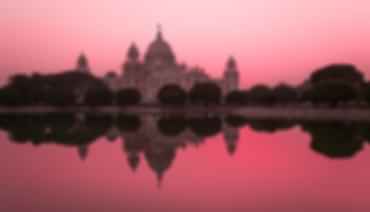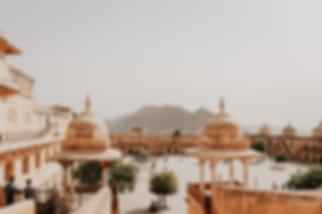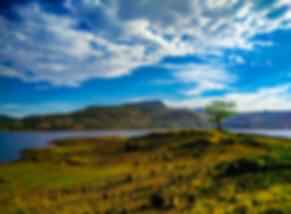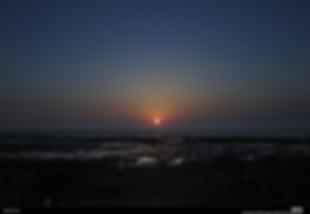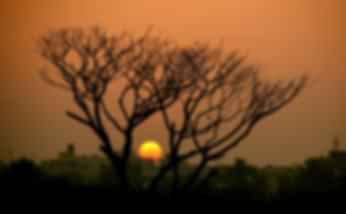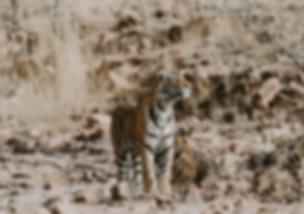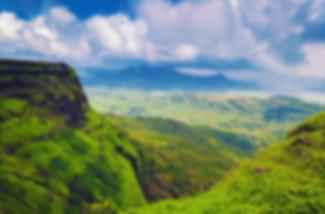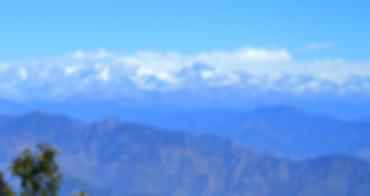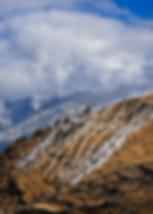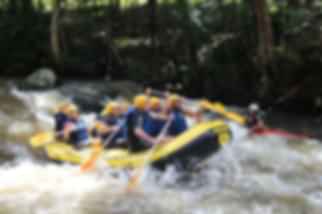All you need to know about the Magnificent Caves in Meghalaya
Author
Shrinivas
Date of Publishing
November 14, 2022
Read
6 minutes
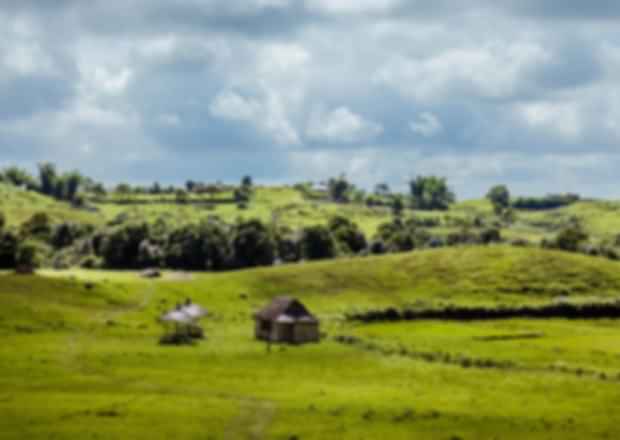
Meghalaya is a mountainous state in northeastern India. The name in Sanskrit means “cloud dwelling” As of 2016 Meghalaya’s population is estimated at 3,211,474. Meghalaya covers an area of about 22,430 square kilometres, with a ratio of about 3:1 in length to breadth. In this blog, I am going to take you through the deepest caves in Meghalaya which are also considered as the most deepest caves in India.
Climate
Meghalaya is the wettest place on Earth with an average annual rainfall of as high as 12,000 mm in some areas. For most of the year the western part of the plateau, consisting of the Garo Hills region with lower elevations, experiences high temperatures. The Shillong area has the highest elevations and generally experiences low temperatures. The maximum temperature in this region is rarely higher than 28 ° C whereas winter temperatures under-zero are common.

Mawjymbuin Cave Mawsynram in Meghalaya
Also read: Best time to visit Meghalaya
Language and Religion
Meghalaya is one of three states that holds a Christian majority in India. About 75 per cent of the population practices Christianity, with the more common denominations being Presbyterians, Baptists and Catholics. The people’s religion in Meghalaya is closely tied to their ethnicity. Nearly 90% of the Garo tribe and almost 80% of the Khasi are Christian, while more than 97% of the Hajong, 98.53% of the Koch, and 94.60% of the Rabha tribes are Hindu. Hindus are the largest religious minority in Meghalaya with 11.52 per cent of the total state population as of 2011 census Hindus are concentrated mainly in West Garo Hills, East Khasi Hills and Ri-Bhoi with 19.11 per cent, 17.55 per cent and 11.96 per cent respectively.

Shillong Meghalaya
English is the official state language. Khasi and Garo, followed by Pnar, Bengali, Nepali, War, Hindi, Hajong and Assamese are the most widely spoken languages in Meghalaya. Khasi is an Austroasiatic stock branch of the Mon – Khmer family and according to the 2001 census, about 1,128,575 people living in Meghalaya speak Khasi.
Also Read: Meghalaya Festivals That You Must Experience in Your Next Visit!
Top 7 Caves of Meghalaya
Krem Mawmluh
This famous cave’s main entrance stands at the bottom of Lum Lawbah’s western flank. The entrance is easily found by following the river behind Mawmluh Cherra Cements Limited ‘s cement works, downstream for about 200 meters to a point where the river is gone underground. The main entrance to the sink requires wading through water, which in the dry season turns into a deadly black quicksand from cement works effluents. The best way to enter the cave would be via a high-level bypass entrance running parallel to the main passage.
Krem Dam
At the foot of a large blind valley about 1 km east of the village of Mawsynram lies the impressive entrance of Krem Dam, measuring some 30 m across. A large stream which runs down the valley enters the cave. The cave is formed in a coarse calcareous grained facies which looks almost like sandstone. The cave consists mainly of one very large passage of the river which ends in a collapse of the roof where daylight is visible. There is a complex labyrinth of side passes and oxbows to the side of the main passage. There are no significant formations of calcite within the cave.
Also Read: Best places for Shopping in Meghalaya
Krem Lymput
The cave lies approximately 6 km. From Nonjri village. The inconspicuous entry hidden in the boulders covered by the jungle reveals itself by the cool air it blows. For any tourist, it is another beautiful and fairly easy cave. The main trunk passage runs for about 1 km from the small entrance hole, with inclined walls and ceiling westward into a passage known as ‘Way to Heaven,’ which is a very loose and slippery ascent. It leads to a series of spacious galleries that are extremely rich in formations of calcite. The Mughal Room is a great attraction here. That cave has a length of 6641 m.
Also Read: Living root bridges in Meghalaya which are must visit
Mawsmai Cave
Six kilometres south of the Sohra market lies the village of Mawsmai in the direction of the border with Bangladesh. One passes grasslands surrounded by forests at the village crossing and ends in a clearing. A concrete path through the jungle leads up from this clearing to the main entrance of the cave. This cellar is the only fully lighted cave. The cave is divisible into two parts (old and new). The new cave is yet to be lightened from the two. It has imposed large passages and chambers formations.

Mawsmai caves in meghalaya
Krem Liat Prah
It is India ‘s longest, natural cave. Liat Prah is one of about 150 known caves in the Jaintia Hills district Shnongrim Ridge in Meghalaya state, northeast India. Explored and surveyed as part of the Clouds Expedition ‘s ongoing Abode project, its current length of about 25 kilometres is likely to increase as the nearby caves remain connected. The dominant feature of Liat Prah is its huge transit trunk, the Aircraft Hangar.
Krem Lubon
IN the area of Sutnga / Sakhain (near N25 ° 1708′; E92 ° 2731), located at the foot of a 30 m high waterfall, is the Krem Lubon resurgence cave with an impressive rectangular entrance. Hidden behind the waterfall, the entrance to the cave is reminiscent of the legendary Phantom Cave. The large passage gradually deteriorates in size before it continues into a wet flat-out crawl to pass high-level breakdown chambers characterized by unstable boulders. The cave is 687 m long.
Kotsati – Umlawan Cave System
Krem Kotsati’s entrance is situated in the very centre of Lumshnong village itself. The villagers use it as a place for washing. One has to go swimming to get into the cave. The entrance is submerged during monsoons. Kotsati-Umlawan Cave system is a network of numerous caves, such as Krem Kotsati, Krem Umtyongai, Krem Umsynrang Liehwait, Krem Wahjajew. Krem Lalit, Synrang Thloo, Krem “Washing Place Inlet,” Krem Umshor, Put Lyer, Garage Pot, Kharasniang Thloolong and the thirteen other Krem Umlawan entrances. With 24 entrances, horizontal as well as vertical, no part of the cave is more than an hour away from the door.

Mawsmai Caves
Plan your trip with Pickyourtrail
Meghalaya is far more than just a cloud dwelling, it’s one of the most important wild and endangered flora and fauna habitats found in the North-East region of the country. The State has a lot to offer from the beautiful lakes and streams to waterfalls and wild pineapples. Visit Meghalaya to see exotic and unique indigenous species merging into the area! Having the assistance of a reputed travel agency adds to the benefit. Starting with DIY itineraries to have a one-stop-shop for all travel needs, Pickyourtrail not only guarantees seamless and trouble-free ride but at the same time keeps the cost-efficiency under control. For more information, log onto Pickyourtrail.
Recommended articles for you
Discover Packages







